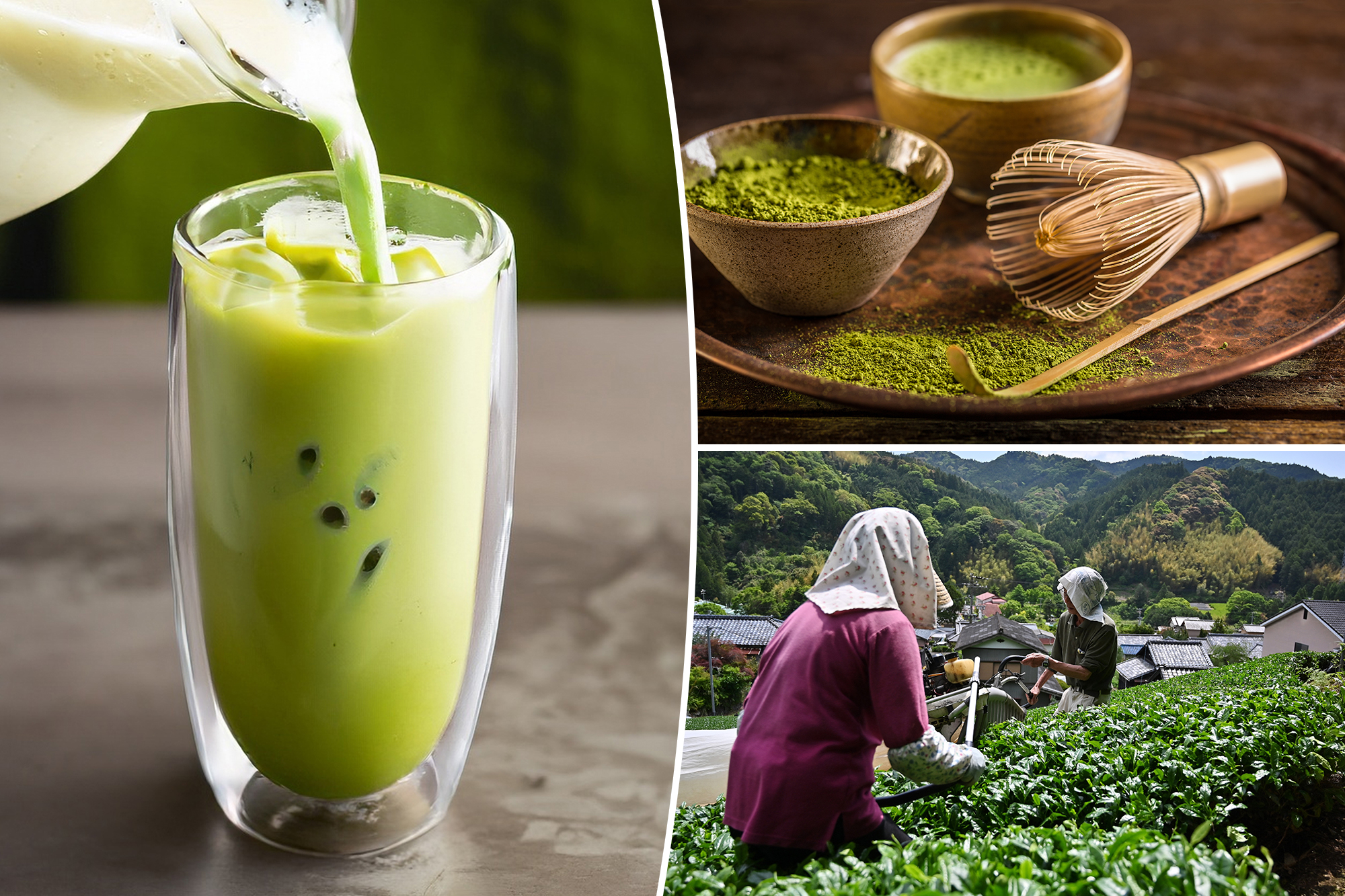
Request is also being made mules.
Green-populist-populist tea drink is becoming increasingly difficult to find interest in drinks flying to the western hemisphere. And while the beginning of the next month of the harvest season is expected to fill some of the deficiency manga supplies may not be enough, Food & Wine reported.
Matcha consumption – a fine powder that is naked with hot water to make bright green drinks – “reached a high record last year”, Fumi Ueki, chief of leaf brand group, recently told Japan Times.
In 2024, the main tea brands implemented the limits of the quantity of Matcha customers could buy while customers drained in the background or faced empty shelves.
Experts point to the increased interest in the health and health of drinks or social media opportunities as the cause of international boom.
In fact, Japan Times reported that while the country’s consumption has fallen, Matcha rage has grown across the globe, with more than half of the tea produced in Japan now exported.
“Brands that are most affected are those that people like abroad, those who have gone viral on social media, told Megumi Canaic, manager of the purely local Australian tea shop, The Guardian told.
The Japanese Ministry of Agriculture, Forestry and Fisheries is pressuring the increased production of matcha, but one solution is not as simple as planting more seeds.
“The unique and seasonal nature of Matcha production makes it naturally limited,” the Japanese Global Association of the Internet wrote, adding that only about 6% of the tea produced in Japan becomes matcha.
According to the association, the number of workers available to Matcha on the farm is also declining. Their data showed that the number of tea farmers in Japan dropped from 53,000 to just 20 years between 2000 and 2020.
In addition to a decrease in the number of tea farmers, the Matcha process consumes time, land and workforce.
“The unique and seasonal nature of Matcha production makes it naturally limited,” the Japanese Global Association of the Internet wrote, adding that only about 6% of the tea produced in Japan becomes matcha.
According to the association, the number of workers available to Matcha on the farm is also declining. Their data showed that the number of tea farmers in Japan dropped from 53,000 to just 20 years between 2000 and 2020.
While the soil can be bought, tea trees can last for five years to achieve maturity, according to Japan Times. Then, the leaves, which can only be plunged into the spring, should dry up and land up, the last process that requires very slow moving machines, producing only enough powder for approximately a dozen Latte Matcha for publication.
“You need a lot of stone mills to make a large amount of ceremonial matcha,” Simona Suzuki, co -founder of the Japanese Global Association of Aaj, told The Japan Times, adding that stones are also taking time for crafts.
â € and if demand suddenly increases too much, production can be strained, which limits how many matcha can be done immediately.â €
#eye #global #deficiency #matcha #heres
Image Source : nypost.com